
Adapted from an excruciatingly honest and open poem written by a friend and collaborator, filmmaker Paul Chambers’ raw, experimental drama Three Bull-Mastiffs in a Corner Kitchen takes us far beyond the realms of a slice-of-life realist drama and deep into the underbelly of addiction and toxicity plaguing a young man’s life. Chambers worked with co-writer Sam Bately who found that bringing his demons to the fore through writing during treatment aided him on his journey to recovery. The harsh and unforgiving world presented in Three Bull-Mastiffs in a Corner Kitchen is not romanticised, judged, prejudiced or seen through a lens of poverty porn but rather is a lived-in and accurate reflection of so many living in deprived areas of the UK as represented in Chambers’ use of non-professional actors personally familiar with issues of addiction for some of the roles. As Three Bull-Mastiffs in a Corner Kitchen premieres on the pages of Directors Notes today, we speak to Chambers about the impressive crowdfunding campaign behind the film’s production, how he shot the visceral POV shots of spiralling addiction and the meticulous planning of each scene which enable the team to fully utilise the 16mm stock so central to the aesthetic of this powerful film.
How did this devastatingly powerful piece come to be?
The film’s backbone is an autobiographical non-linear poem written by my co-writer Sam, who also plays an older version of himself, about his memories of young adulthood and more recent times, coming to terms with his addiction to drugs and alcohol, learnt behaviour passed down from one corner kitchen to another and inescapable generational toxic masculinity. Sam wrote this poem whilst he was receiving treatment for drug and alcohol related issues in a rehabilitation centre in Liverpool at the start of lockdown.
As soon as I heard it I could visualise the whole film.
We have been friends for a long time and had worked on films together previously but I hadn’t heard from him in a while. I asked him what he had been up to and he told me about his recent suicide attempt and his troubles with addiction – I had no idea it had got that bad. He told me he was on the mend now and that he had been writing again (after a long hiatus whilst his addiction took over). He sent me a load of spoken word poems over Whatsapp and one in particular stood out, Three Bull-Mastiffs in a Corner Kitchen. As soon as I heard it I could visualise the whole film. We began work on crafting and shaping it into a short narrative, the whole poem was about fifteen minutes of a rapid fire dialogue which Sam said he wrote in one continuous stream of consciousness. “Once I started writing, I couldn’t stop. The words just fell out of my head”.
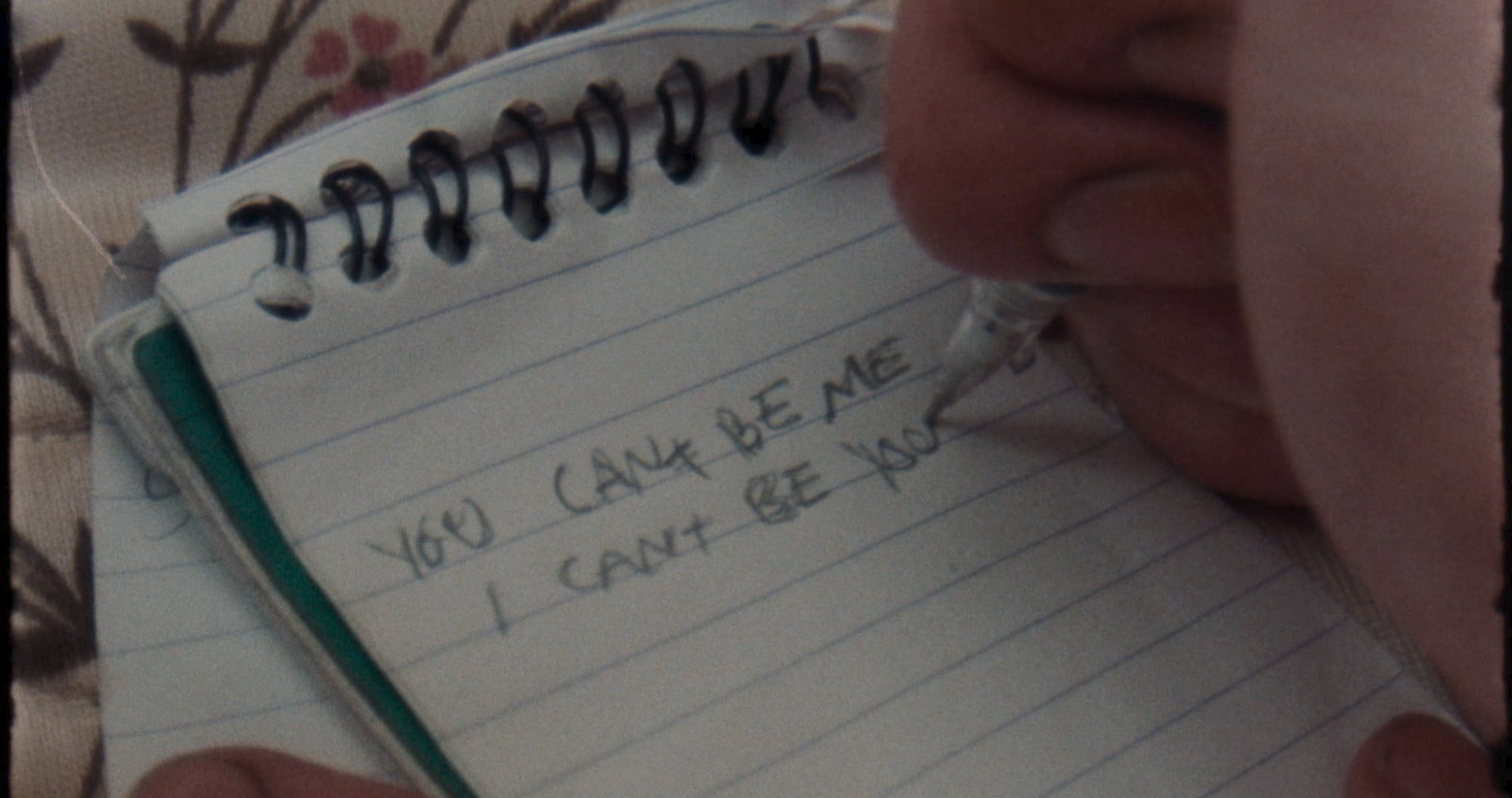
Following your initial visualisation of the poem on that first listen, how did you and Sam further hone his prose and conceive the visuals that would accompany them?
Sam wrote the poem and then sent it to me in voice notes. Because the writing was so visual I could picture every scene in my mind’s eye instantly. Me and Sam then worked over the poem, reducing it down to its core story and visualising those scenes based on our imagination and our experiences and the experiences of fellow men and women in recovery.
How did you then move into the practicalities of making the film?
After we had the script made we ran a crowdfunding campaign, thinking we would originally make the film for around £5k. The Crowdfund was a huge success and it easily smashed its target but more importantly, it got the attention of a charity called Necessity (a sub-charity of SHED), they decided to give us £10k and that’s when myself and the DOP Owen Cant decided we could probably now stretch to shooting this on 16mm film, a distant dream before this charity funding but something we desperately wanted as it fit our tone completely. This film is set in Yorkshire in the early 2000s but we also wanted it to feel timeless and like it could be set anywhere, these forgotten communities are up and down the country.
We held script workshops in DJK House, the recovery centre Sam lives in, to allow people to feed into the script and learn more about the project.
In total we ended up raising around £25k of funding for the film and shot it on December 21, during a slight easing in Covid restrictions. We shot the film in the Tiger Moth Pub and around Irlam, Manchester. Though it is set in Yorkshire this location fits perfectly as Irlam is a deprived area forgotten by the rest of the world, very similar to where Sam is from in South Yorkshire. I decided to use professional actors for the primary cast and for the secondary cast to use non-actors/people in the recovery community. We held script workshops in DJK House, the recovery centre Sam lives in, to allow people to feed into the script and learn more about the project. From these initial meetings we cast all of the secondary actors who were themselves in recovery, acting for the first time in a film about addiction. This decision alongside the location choice (The Tigermoth pub is run by Seamus who is also a recovering alcoholic) meant that the mood on set was full of hope and joy.

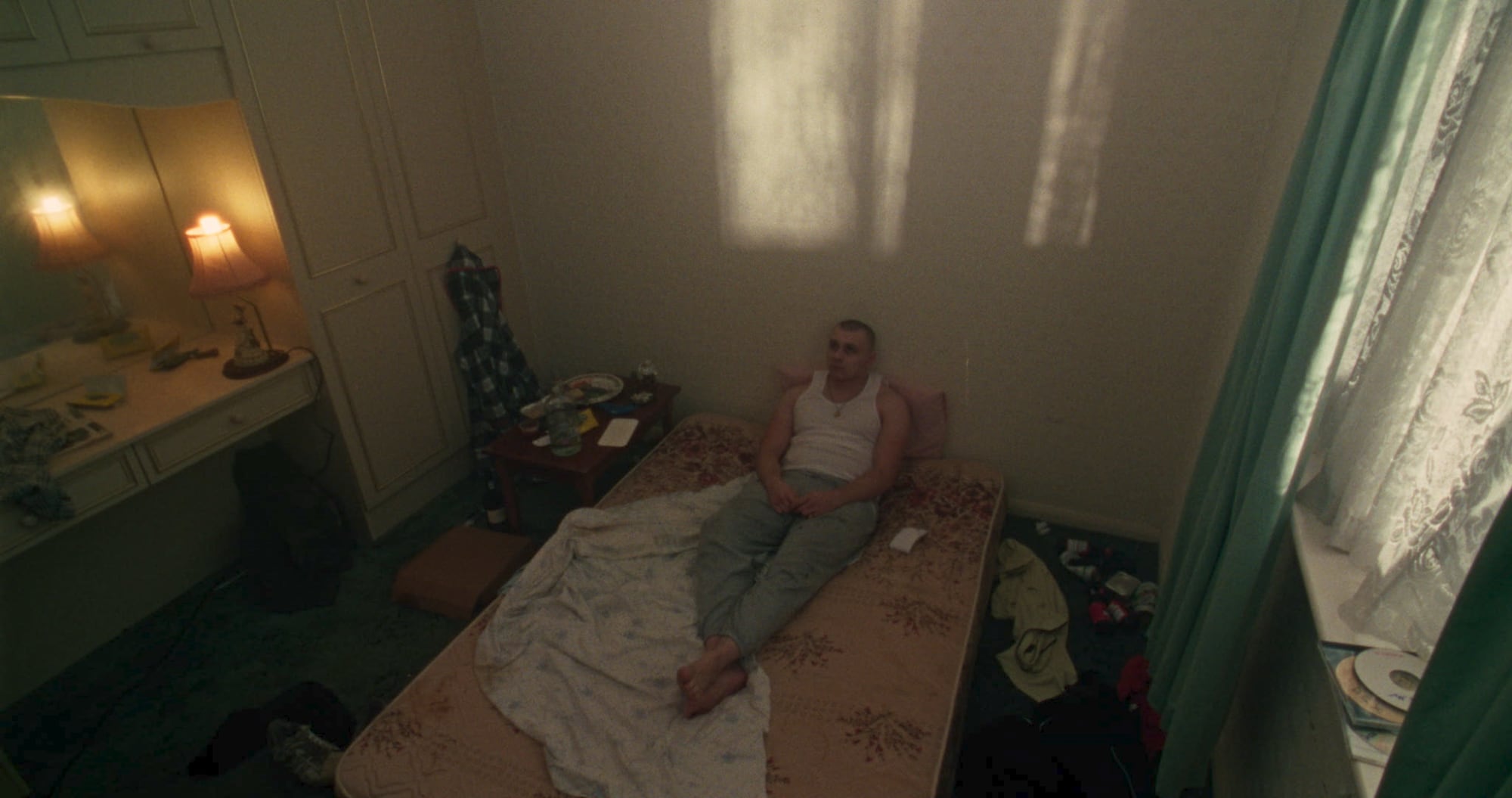
You’ve got some great close up shots focused around the face of younger Sam which firmly place us in his experience.
Younger Sam, played by Charles Humphreys, was pivotal in making the film seem real, he had a role with hardly any dialogue and so a lot of his character was expressed through nonverbal acting which I think is a hard thing to do for an actor, but Charles really came prepared. He understood the themes of the film and he understood emotionally where his character was at and he was able to bring himself to the truth of each scene so shooting him in close up was easy as his performance demanded it.
We wanted these shots to be the chaotic mind’s eye of a man spiralling towards addiction.
The frenetic moments of flashbacks and drug use are both snappy and disarming. How did these come together?
Sam and I always wanted the film to resemble the chaos and reality of active addiction and to encapsulate the stories and lived experience of Sam and those in recovery who informed the narrative. And so I felt the camera work should also be chaotic at times, through many lengthy discussions with the DOP Owen Cant, we decided to have two looks in the film. A-cam was shot on the Aaton XTR 16mm film camera and would generally be on a tripod and have limited movement. The B-camera was a Russian windup 16mm camera that gave us the POV shots from Young Sam’s perspective. We wanted these shots to be the chaotic mind’s eye of a man spiralling towards addiction.



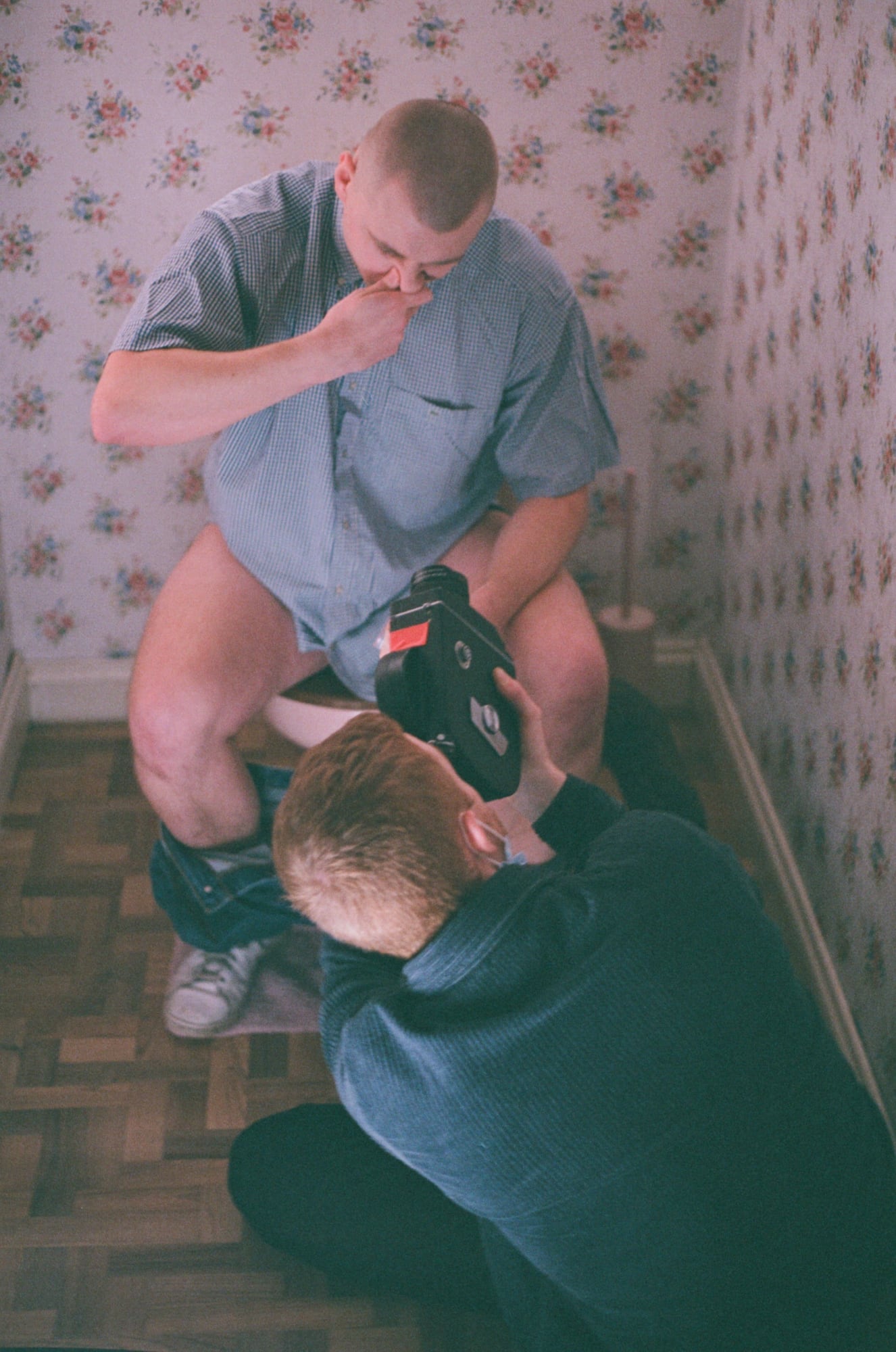
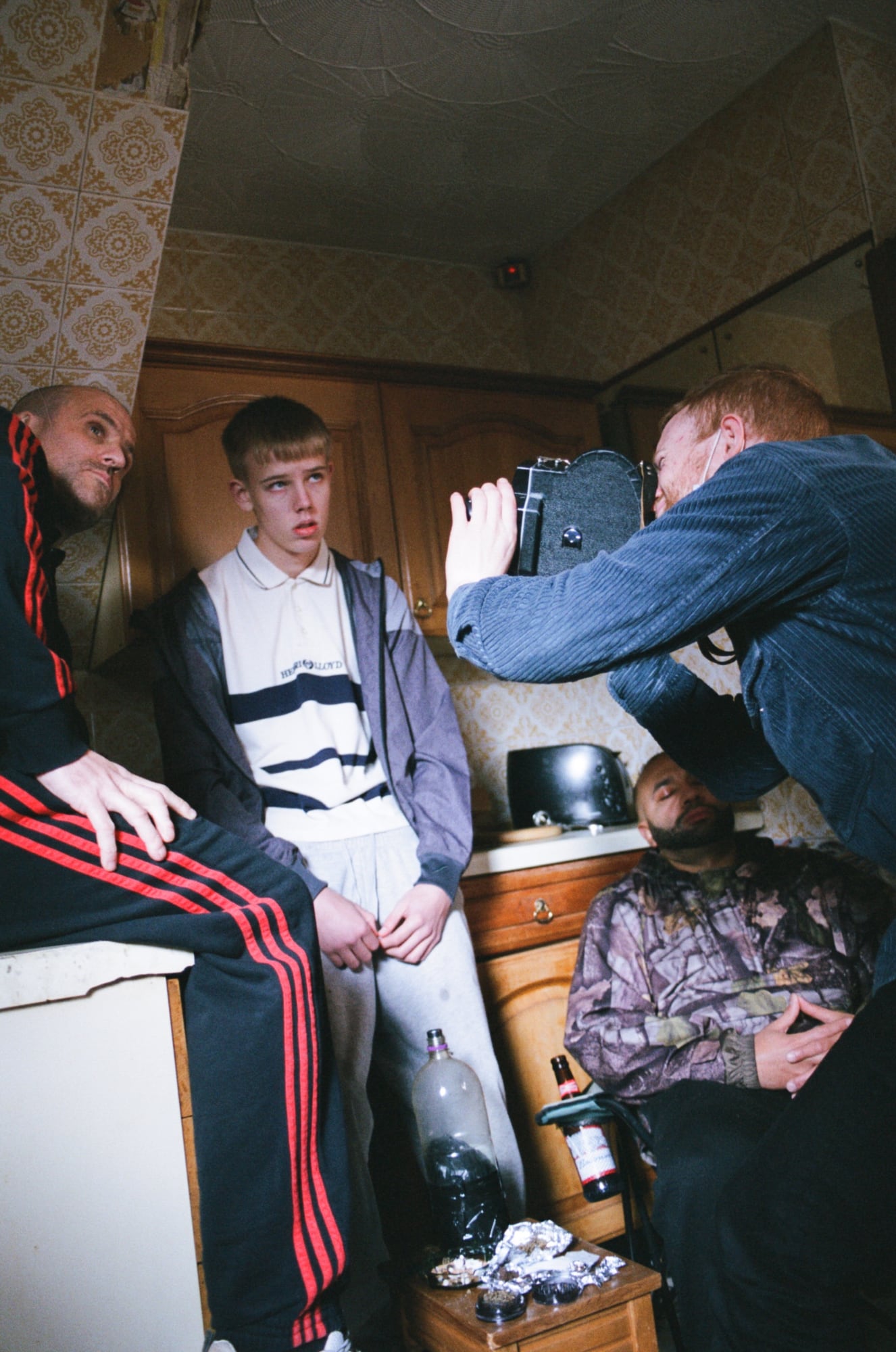
16mm is such an amazing medium and brings the perfect grit and rawness to this film. How did you find the process of shooting on film?
I loved working on film, it is such a great focuser and organiser. Myself and Owen timed out the whole project and I roughly knew how many takes per setup we could go for, it really pushed me and the team to be economical but also to not overshoot. I got the coverage I needed and then I moved on, there is hardly any wastage in the film. Most of what we shot was used in the edit and this means that every take was important. It also by its very essence requires you to trust your team and I think that is what filmmaking is all about.
I think the lesson is to make sure you are specific in the writing and make sure the tone and feel of the film is clear for everyone involved.
It’s a real skill to be able to edit your own work and there is a lot going on structurally and tonally within Three Bull-Mastiffs in a Corner Kitchen such as flashing between different time periods and not adhering to a linear structure. Can you tell us more about this part of the process?
This was for the most part worked out in the script, if you read the script it is almost identical to the film. I think the lesson is to make sure you are specific in the writing and make sure the tone and feel of the film are clear for everyone involved in the project to see, even if you’re also going to be the editor. As we were shooting on film I had to meticulously plan out each scene/setup/day and so there wasn’t a lot of room for experimentation but there were always moments, performances and spontaneity within those restrictions, in short, it’s good to have restrictions.
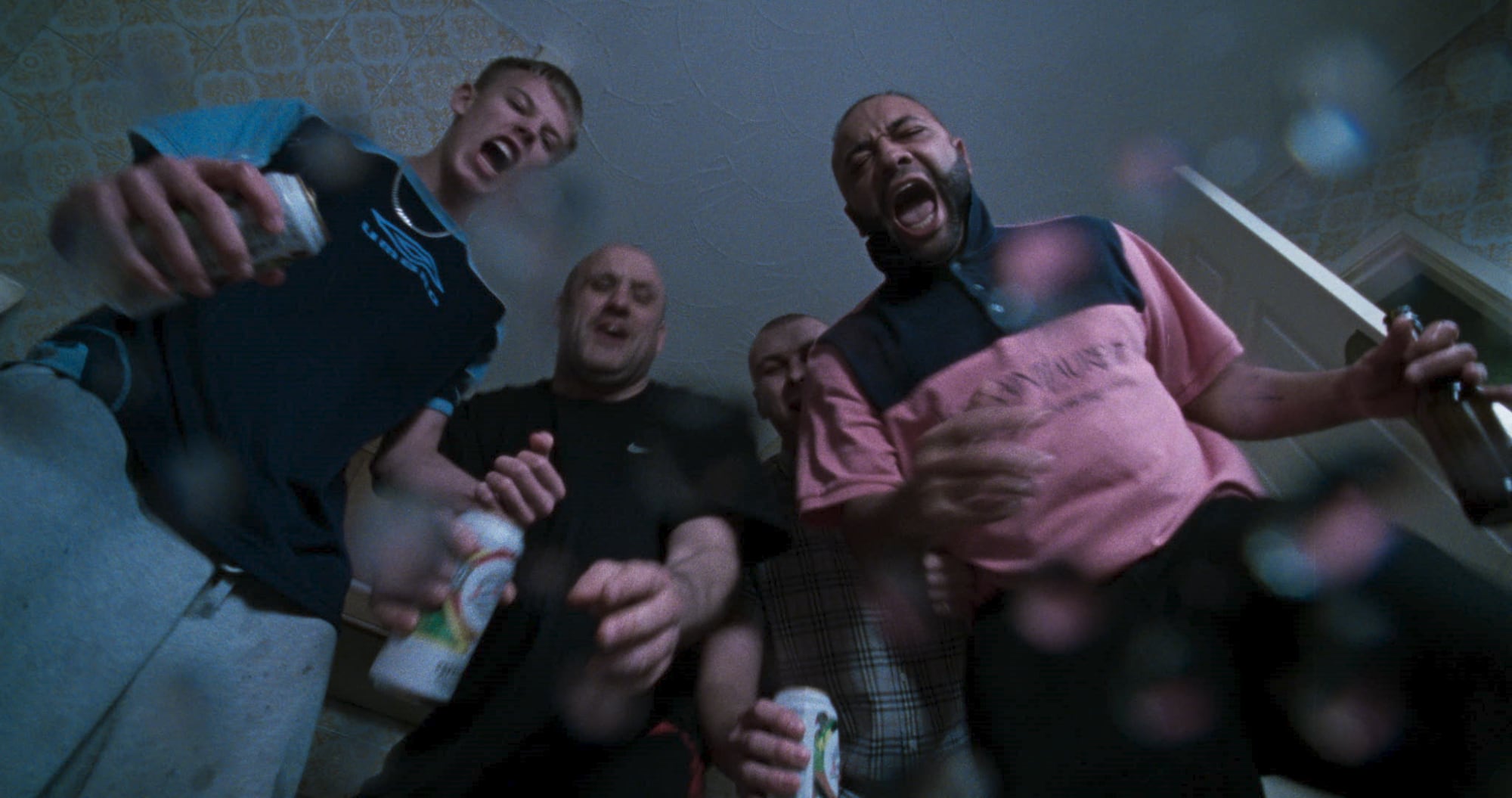
How did you work on integrating the blistering narration and its shifting rhythms with your shot footage?
Again, we planned and planned. Me, Owen and Sam recorded and timed the narration to the images and on set we had Sam read the narration live from the script so that the actors could react to it as it was spoken, then once the mood, timings and acting were set we took away the live narration so we had some clean audio takes without the narration.
Novymir’s music prangs and shrills perfectly – at what point were they involved and how did you work with them to develop the right score?
Novymir were involved right from the beginning, they began sending ideas through before we started filming, we both shared a passion for Nicolas Jaar and I sent them through some references from him and we chatted a lot about the feeling of the music, I knew I wanted it to sound choral, religious, broken, chaotic and haunting. I gave references like Jaar – Killing Time and the soundtrack from Good Time but they came with such an amazing and original sound that is wholly theirs.
What can we look forward to seeing from you next?
Sam and I are working on developing a feature version of the film, it will be autobiographical and will delve much deeper into the root causes of the behaviour hinted at in this short. It will look into the beginnings, the downfall but also the route out of this situation. It will not be as bleak though, it will speak about strength, hope and faith. That truth will set you free.


